Shahbuland Matiana
Pick-a-Pic: An Open Dataset of User Preferences for Text-to-Image Generation
May 02, 2023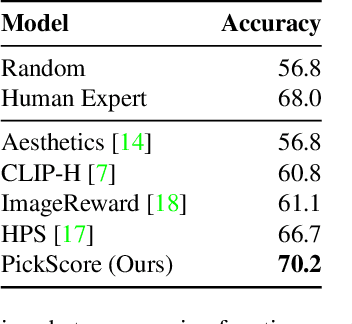
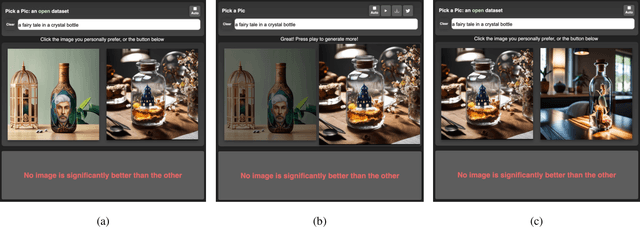
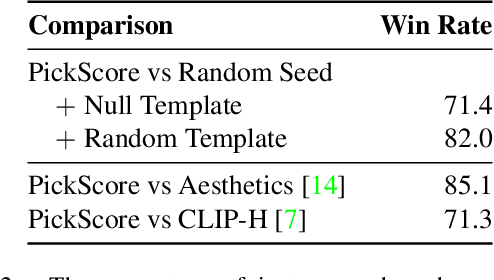

Abstract:The ability to collect a large dataset of human preferences from text-to-image users is usually limited to companies, making such datasets inaccessible to the public. To address this issue, we create a web app that enables text-to-image users to generate images and specify their preferences. Using this web app we build Pick-a-Pic, a large, open dataset of text-to-image prompts and real users' preferences over generated images. We leverage this dataset to train a CLIP-based scoring function, PickScore, which exhibits superhuman performance on the task of predicting human preferences. Then, we test PickScore's ability to perform model evaluation and observe that it correlates better with human rankings than other automatic evaluation metrics. Therefore, we recommend using PickScore for evaluating future text-to-image generation models, and using Pick-a-Pic prompts as a more relevant dataset than MS-COCO. Finally, we demonstrate how PickScore can enhance existing text-to-image models via ranking.
Robust Preference Learning for Storytelling via Contrastive Reinforcement Learning
Oct 14, 2022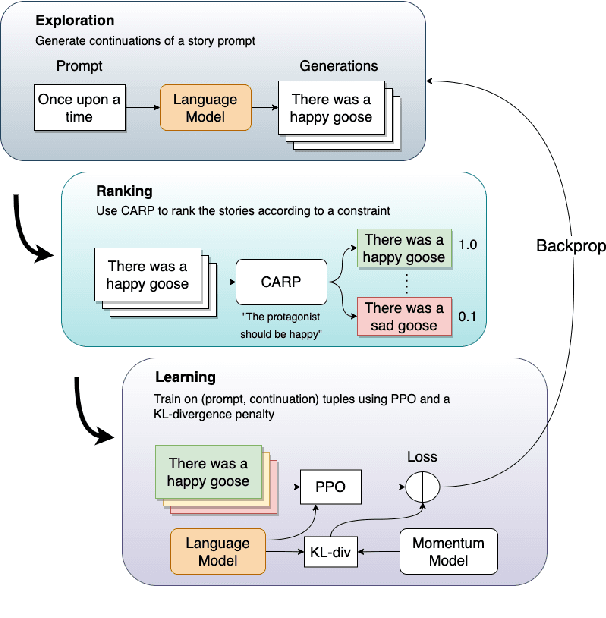
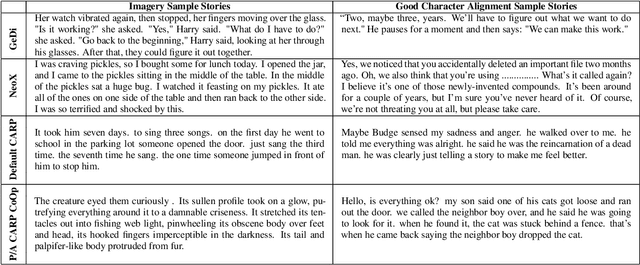
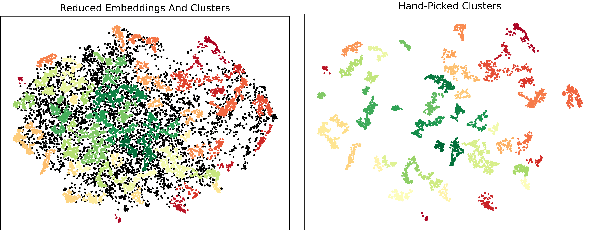

Abstract:Controlled automated story generation seeks to generate natural language stories satisfying constraints from natural language critiques or preferences. Existing methods to control for story preference utilize prompt engineering which is labor intensive and often inconsistent. They may also use logit-manipulation methods which require annotated datasets to exist for the desired attributes. To address these issues, we first train a contrastive bi-encoder model to align stories with corresponding human critiques, named CARP, building a general purpose preference model. This is subsequently used as a reward function to fine-tune a generative language model via reinforcement learning. However, simply fine-tuning a generative language model with a contrastive reward model does not always reliably result in a story generation system capable of generating stories that meet user preferences. To increase story generation robustness we further fine-tune the contrastive reward model using a prompt-learning technique. A human participant study is then conducted comparing generations from our full system, ablations, and two baselines. We show that the full fine-tuning pipeline results in a story generator preferred over a LLM 20x as large as well as logit-based methods. This motivates the use of contrastive learning for general purpose human preference modeling.
Cut the CARP: Fishing for zero-shot story evaluation
Oct 08, 2021

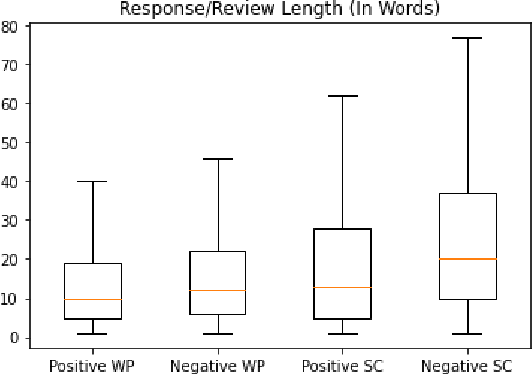

Abstract:Recent advances in large-scale language models (Raffel et al., 2019; Brown et al., 2020) have brought significant qualitative and quantitative improvements in machine-driven text generation. Despite this, generation and evaluation of machine-generated narrative text remains a challenging problem. Objective evaluation of computationally-generated stories may be prohibitively expensive, require meticulously annotated datasets, or may not adequately measure the logical coherence of a generated story's narratological structure. Informed by recent advances in contrastive learning (Radford et al., 2021), we present Contrastive Authoring and Reviewing Pairing (CARP): a scalable, efficient method for performing qualitatively superior, zero-shot evaluation of stories. We show a strong correlation between human evaluation of stories and those of CARP. Model outputs more significantly correlate with corresponding human input than those language-model based methods which utilize finetuning or prompt engineering approaches. We also present and analyze the Story-Critique Dataset, a new corpora composed of 1.3 million aligned story-critique pairs derived from over 80,000 stories. We expect this corpus to be of interest to NLP researchers.
 Add to Chrome
Add to Chrome Add to Firefox
Add to Firefox Add to Edge
Add to Edge